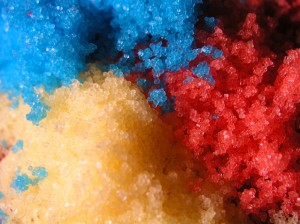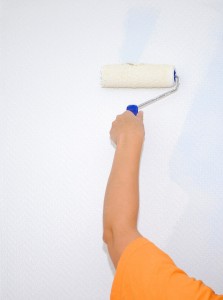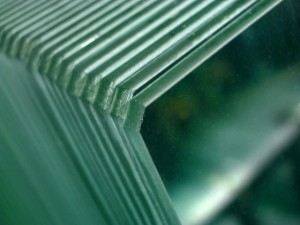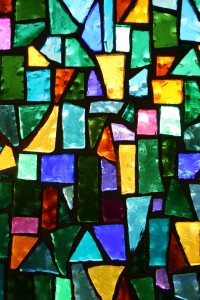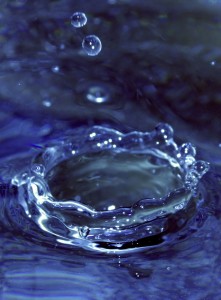Summer painting tips for glass paint
There’s no doubt about it – summer rocks! And with summer fast approaching, you may be planning your seasonal home improvement projects. If glass paint is part of your summer home improvement plan – and we at Glassprimer™ certainly hope it is – here are some tips for helping you get the best possible results from your glass paint projects.
Paint like a pro with glass paint
Here are a few tips to help make your summer glass paint plans a success!
Nothing takes the place of surface prep! Don’t cut corners by not doing proper surface preparation for glass paint. Use isopropyl alcohol and fine steel wool (#000). Dry the surface with ordinary paper towels until the surface squeaks. Work in a clean, dry area with good ventilation.
Right time, right temperature! Check the weather before you start painting! Glassprimer™ glass paint is intended to be applied at temperatures above 40° F. That’s not hard to achieve during the summer, but you should watch the dew point, especially if you’re working in the morning. The glass surface should be at least 3° F above the dew point when the glass paint is applied to it.
The drying time for Glassprimer™ glass paint is based on ideal temperature conditions of 75° F at 50% humidity. If the relative humidity is much higher than 50% (or much lower) and the temperature is much higher or lower, the drying time of the paint will be affected. If the relative humidity is super high – 70% or better – you may want to wait until the relative humidity drops a bit to start painting. A large amount of moisture in the air will affect how the solvents dissipate – which affects how the paint dries and cures. The closer you are to the 50% ideal humidity, the better drying results you can expect.
Good things come to those who wait. With glass paint projects, time is of the essence, but that doesn’t mean rushing through each step. Allow each coat the appropriate amount of time to dry, adjusting for variations in temperature and humidity. With spray application, you may need to wait as much as 5 hours between coats. Roller and brush applications aren’t as precisely controlled, so you may need to wait even longer to get a completely dry coat. Do not paint wet paint! You’ll simply increase the drying time. And wait until the paint is cured – typically 24-72 hours – before installing the finished glass paint piece.
If you’d like more information about working with glass paint, check out the rest of our site. If you’d like to purchase Glassprimer™ glass paint, please visit our online store .
Photo Credit: Petria Follett, via FreeImages.com




